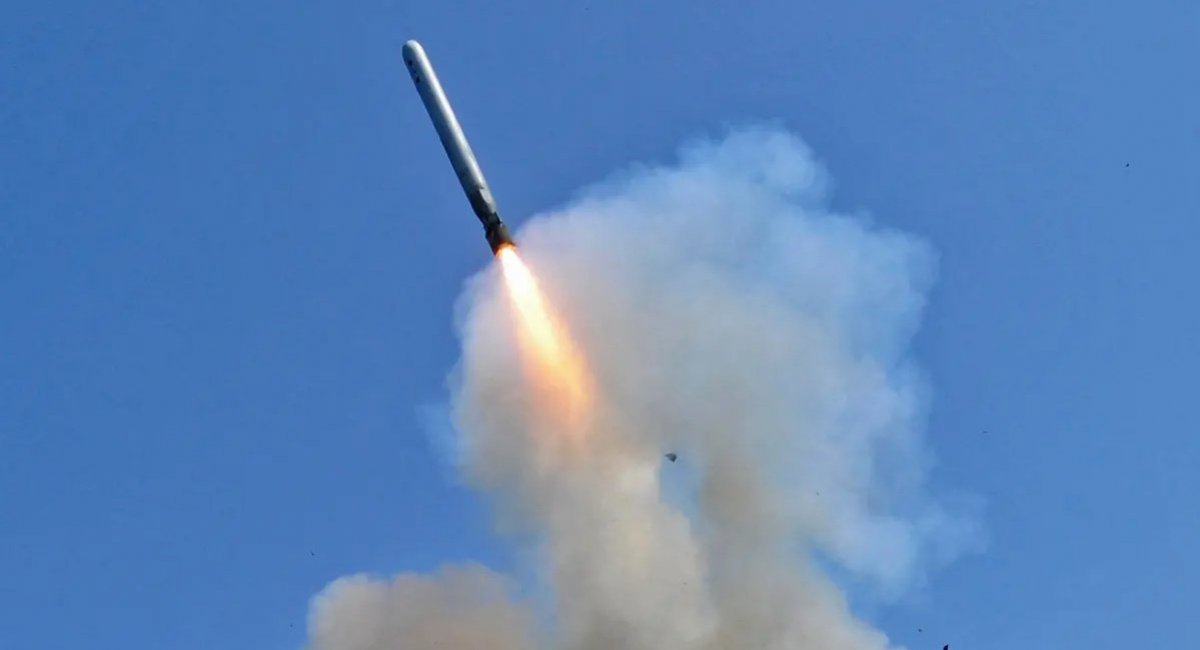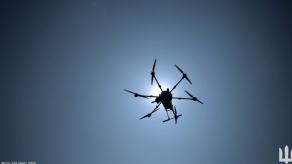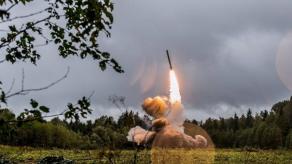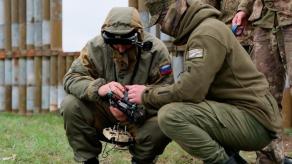Long-range kamikaze drones prove highly effective for targeting facilities like oil depots and refineries, but it is doubtful that an aircraft-borne munition with a few dozen explosives can cause significant damage to a defense plant.
So, the urgent question is: Can Ukraine acquire missiles with a flight range of several thousand kilometers?
Read more: Assessing the Potential Consequences of Ongoing Ukrainian Strikes Deep Inside russian Territory
At once, it is necessary to emphasize the "inhumane" condition of the partners regarding the non-use of their own weapons on the territory of the russian federation, as well as the doubt surrounding the relevance of the Missile Technology Control Regime.
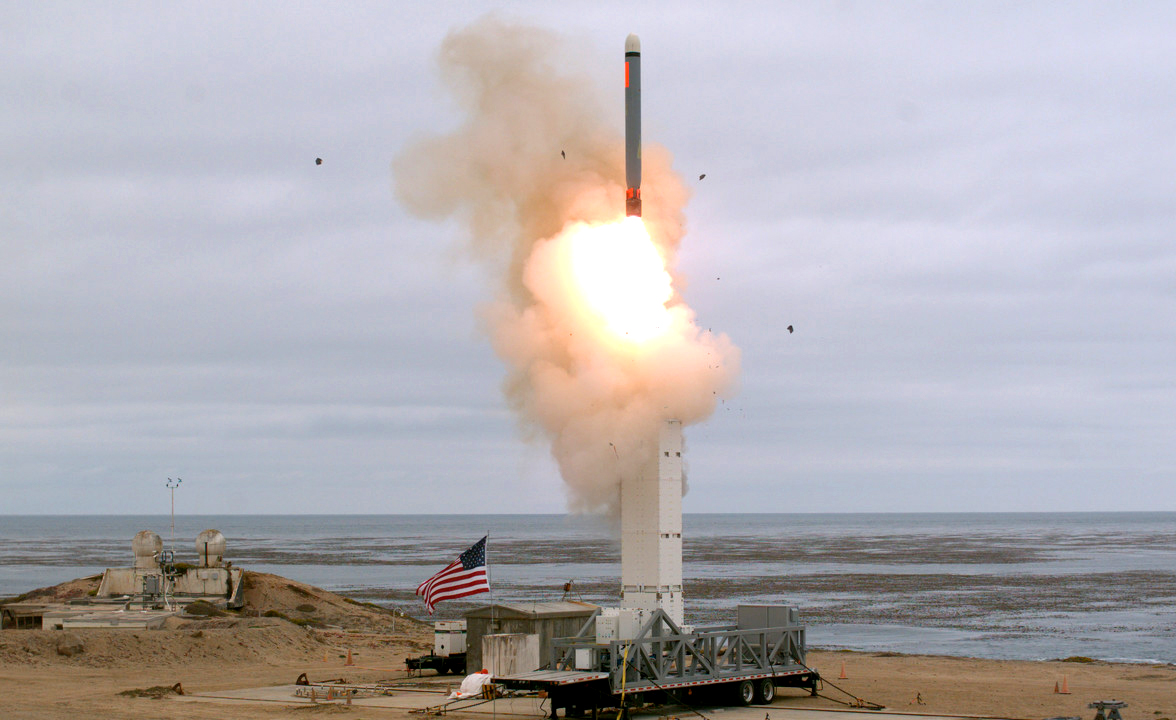
Nevertheless, even excluding this factor, the available options are limited. One option is the American Tomahawk cruise missile.
The Tomahawk Land Attack Missile (TLAM) is a long-range, all-weather, jet-powered, subsonic cruise missile. TLAM can be launched not only from ships, submarines, or bombers but also from a ground-based launcher. The range of flight for the Tomahawk with a 340-kg fragmentation-high-explosive warhead is approximately 1,600 km.
These missiles are exported; for instance, in November 2023, Japan received permission to purchase 400 Tomahawks for $2.35 billion. Meaning $5.87 million per missile, including 14 sets of the Tactical Tomahawk Weapon Control Systems (TTWCS).
Nevertheless, cruise missiles cannot match the effectiveness of ballistic missiles, which carry a larger warhead and can only be intercepted by specialized anti-ballistic missile systems.
However, there is a significant gap among Western partners in this field. The INF Treaty, nullified in 1988, prohibited intermediate-range missiles with a range of 1000 to 5500 km for both the USA and the USSR, as well as shorter-range missiles ranging from 500 to 1000 km. As a result, an extremely effective segment of missile weaponry was eliminated, and its development was discontinued.

At the same time, in the European segment of NATO, even during the Cold War, it was not emphasized, with only France maintaining S3 with a range of 3,500 km under nuclear charges in the 1980s and until 1996. Therefore, during that period, ballistic missiles were developed by countries of the so-called Third World that were not part of NATO or the Warsaw Pact.
In particular, excluding North Korea and Iran, there are still India and China, which continue to cooperate with russia, as well as Pakistan, which developed its missile arsenal in close collaboration with China.

Thus, if we do not mention Tomahawk, the sole remaining option is to rely on our own capabilities. At the same time, the development of a medium-range ballistic missile is a multi-year, multi-billion-dollar national strategic program that is challenging to implement even in peacetime conditions.
Read more: Japan Considers Purchasing the Tomahawk Subsonic Cruise Missiles




